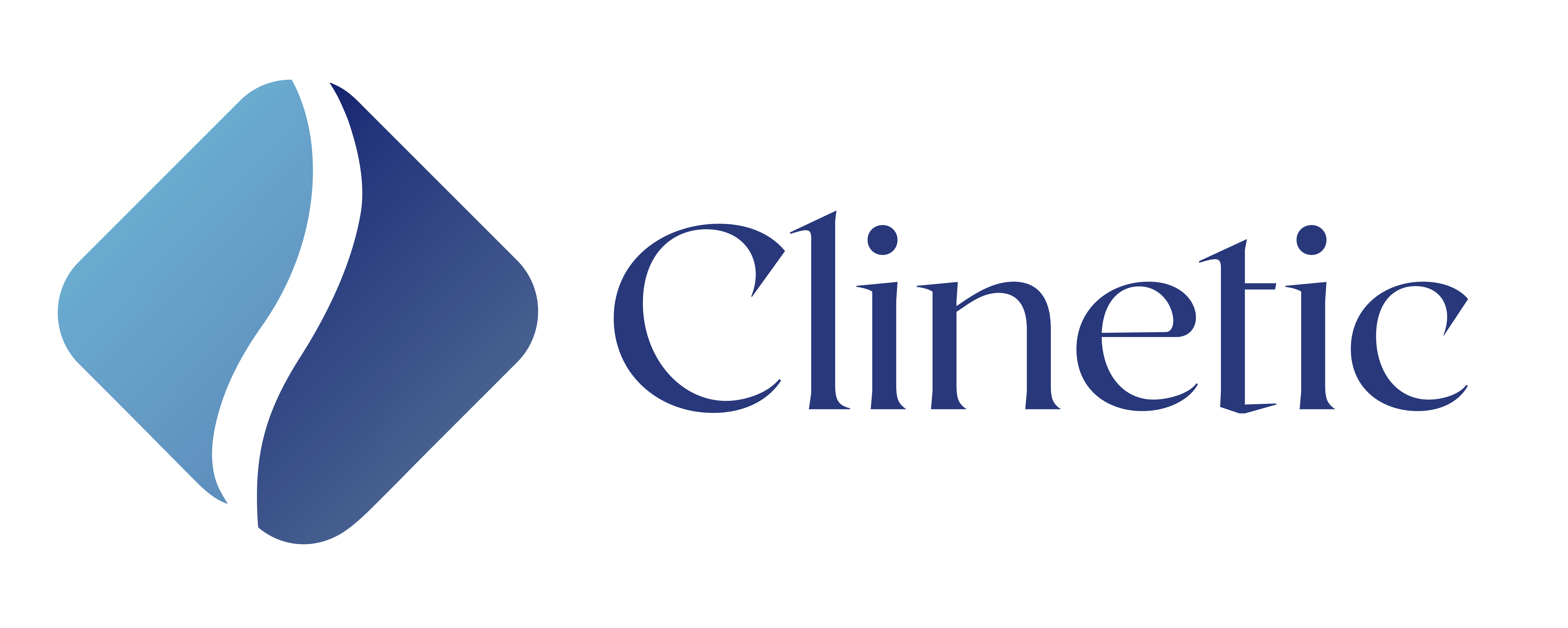Cupping
Cupping is an ancient technique involving suctioning of the skin with glass, plastic, or silicone cups. Cups are placed on the skin to create suction. This suction improves the flow of energy in the body and facilitates healing. Proponents of Traditional Chinese Medicine believe that cupping helps balance yin and yang, or the negative and positive, within the body. As such, restoring balance between these two extremes is thought to aid the body’s resistance against pathogens as well as increase its ability to promote blood flow and reduce pain. More abundant research is emerging to suggest that cupping may be an effective complementary treatment for a variety of symptoms and conditions.
How does cupping work?
Cupping increases blood circulation to the area where cups are placed, helping to relieve muscle tension, which can improve overall blood flow and promote cell repair. It may also help form new connective tissues and create new blood vessels in the tissue. Cupping is thought to alleviate symptoms by promoting peripheral (close to the skin) blood circulation and improving immunity. When the flow of lymph is interrupted, it can cause fluid buildup and prevent the body from properly eliminating toxins. Similar to a lymphatic drainage massage, cupping can help increase the flow of lymph and prevent fluid buildup.
Most of our patients use cupping to complement their treatment plan to address a host of symptoms and conditions.
What are the benefits of cupping?
Cupping therapy has reported benefits for a variety of conditions that can be categorised as either localised or Systemic diseases. Cupping helps alleviate symptoms by promoting peripheral (close to the skin) blood circulation and improving immunity.
The effects of cupping therapy include:
- Promoting the skin’s blood flow
- Changing the skin’s biomechanical properties
- Increasing pain thresholds
- Improving local anaerobic (without oxygen) metabolism
- Boosting cellular immunity
- Stretching of underlying tissues
- Removal of toxins by stimulating the immune response
Cupping treatment may also eliminate uric acid, a natural waste product from the digestion of certain foods. Uric acid buildup can lead to high levels of acidity in the blood and urine. It can also have a positive effect on the lymphatic system, which is partially responsible for eliminating your body’s waste.
What should I expect during cupping treatment?
During a cupping treatment, you can expect the following:
- Your practitioner will ask you what symptoms you’ve been experiencing, likely taking a detailed health history if this is your first time visiting them.
- The practitioner will place cups on your skin.
- You’ll feel a sucking sensation and pressure as the cups are suctioned.
- The practitioner may use heat or suction alone to place the cups.
- Depending on the type of cupping, the practitioner may leave you to rest for a few minutes before they return to remove the cups.
- Your skin may turn red and show light bruising after your session.
Cupping is sometimes performed with acupuncture treatments. For best results, you may also want to fast or eat only light meals 2 to 3 hours before your cupping session.
Your practitioner, your medical needs, and your preferences will help determine which method is used.
Cups are most commonly applied to:
- Back
- Chest
- Abdomen
- Buttocks
- legs
Any discoloration or marks from cupping usually go away within 7 days of the session.
What conditions can cupping treat?
Cupping has been used to treat a wide variety of conditions. It is especially effective at easing conditions that create muscle aches and pains. Since the cups can be applied to major acupressure points, the treatment can be effective at treating digestive issues, skin issues, and other conditions commonly treated with acupressure.
Cupping therapy can help with the following conditions:
- Lower back pain
- Neck and shoulder pain
- Knee pain
- Shingles
- Facial paralysis
- Cough and dyspnea (difficulty breathing)
- Acne
- Lumbar disc herniation
- Cervical spondylosis
- Brachialgia, the pain produced by a trapped nerve in the neck
- Carpal tunnel syndrome
- Hypertension
- Diabetes mellitus
- Rheumatoid arthritis
- Asthma
- postural concerns
Are there any side effects?
There aren’t many side effects associated with cupping. The side effects you may experience typically occur during your treatment or immediately after, such as:
- Circular marks where the cups have been
- Discolouration
- Dizziness
You may feel lightheaded or dizzy during your treatment. Rarely, you may also experience sweating or nausea.
Other risks include:
- scarring of the skin
- hematoma (bruising)
If you experience any of these issues, consult your practitioner. They may offer remedies or steps you can take before your session in order to avoid any discomfort.
Cupping therapy isn’t recommended for everyone.
Don’t use cupping if you use blood-thinning medication. Also avoid cupping if you have:
- a sunburn
- a wound
- a skin ulcer
- psoriasis
- experienced recent trauma
- an internal organ disorder
- thinning skin
Cupping shouldn’t be done on:
- veins
- arteries
- nerves
- skin inflammation or lesions
- body orifices
- eyes
- lymph nodes
- varicose veins
Book Cupping Near You
Are you looking for cupping in North York?
Are you looking for cupping in Etobicoke?
Give us a call or book your cupping appointment online!
